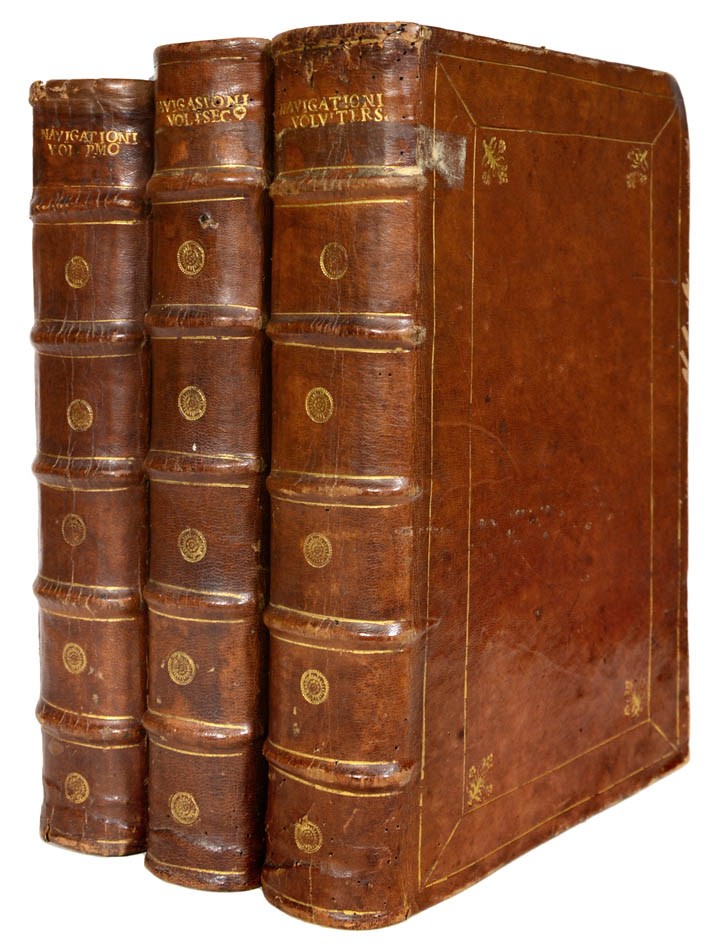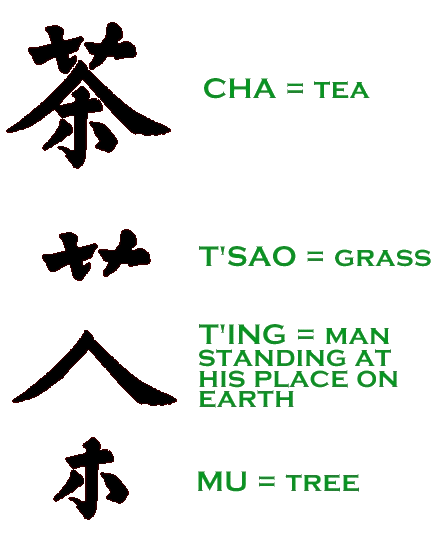Tea was originally a special product of China. It was introduced to Central Asia and West Asia through the Silk Road. It was also passed to the country by the Japanese and North Korean monks who came to China in the Tang Dynasty. However, the production or drinking of tea is still mainly limited to the Chinese culture range. So, when is the tea knowledge, tea drinking habits and tea production spread to Europe and the world? The situation before the long distance is unknown. The earliest record that can be found in the existing literature is the two books of Chinese Tea and Navigationi et Viaggi ("Navigations and Travels") by Italian geographer and travel writer Giovanni Battista Ramusio in 1559.

Therefore, after more than half a century of propaganda, when the Dutch East India Company’s fleet first shipped a small amount of tea back to Europe in 1610, it was like a long drought, the drinking of tea, soon in Europe, further worldwide. And it has become more popular and become the main product of trade between the West and China. This happened in the late Ming Dynasty. As far as the Qing Dynasty, tea has become an indispensable material for enriching Western civilization. Tea not only attracted all Western merchants, but also eventually smashed China’s long-term closure and sea ban. It has made the trade between China and the West dominated by tea and silk, which has become an important link for China to move towards modern semi-colonial and semi-feudal society.
